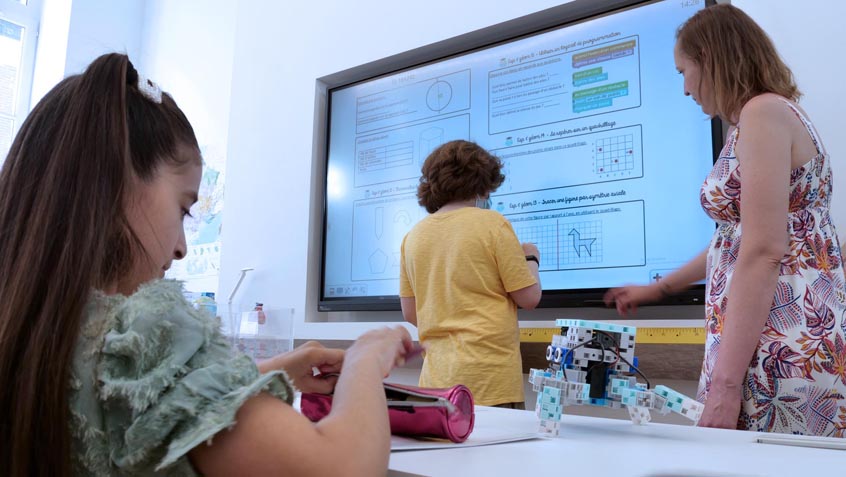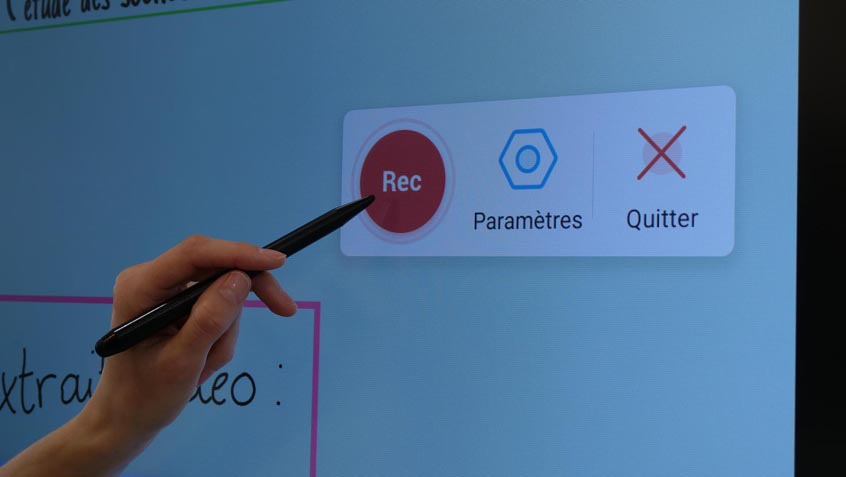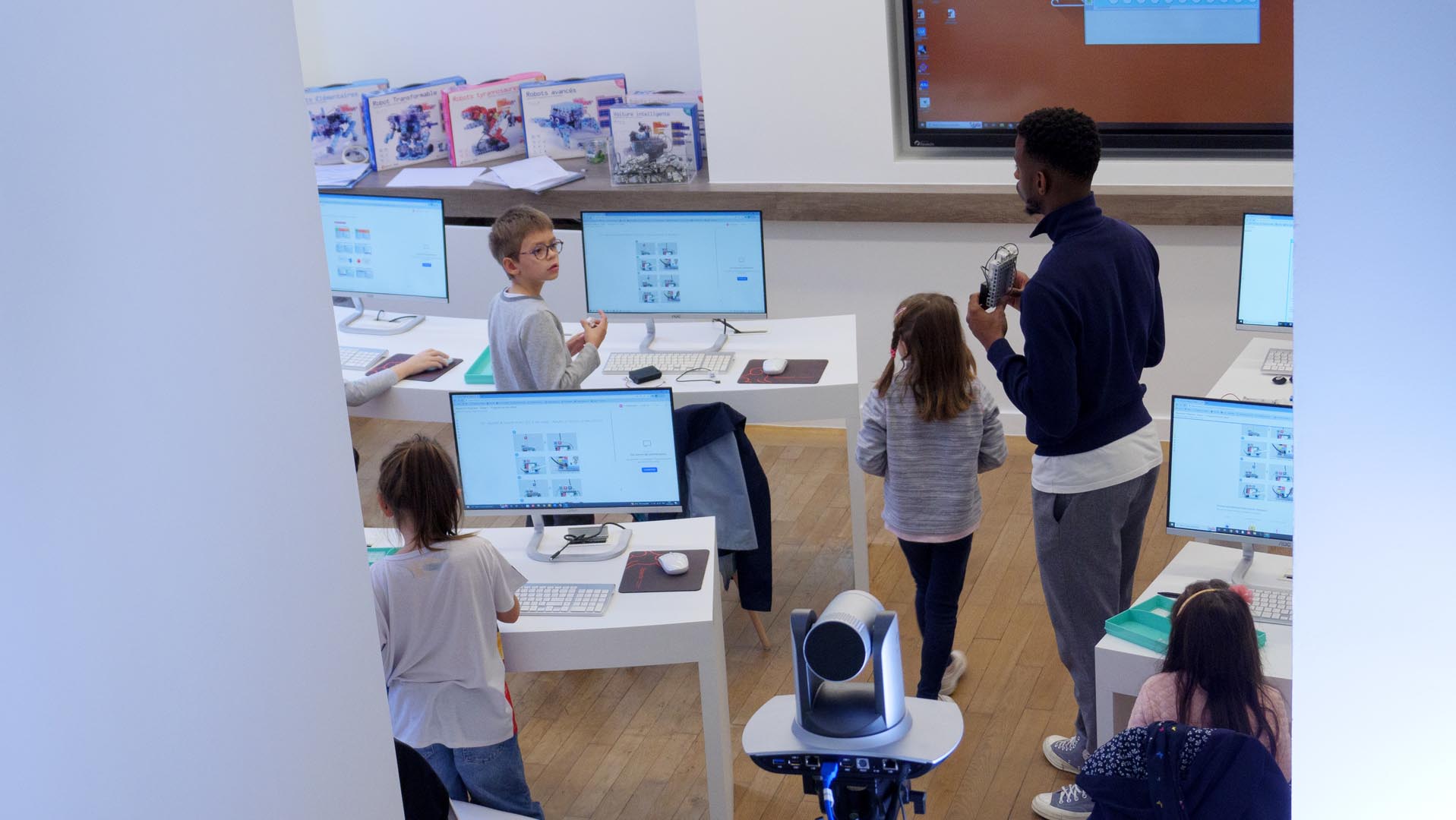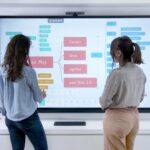Embrace the power of digital whiteboard technology, and take education to the next level for your students.
New and emerging technologies are constantly shaping the way we live and work – and the education sector is no exception to this rule
. Digital whiteboards have played a pivotal role in transforming the dynamics of traditional classrooms, turning them into dynamic, collaborative learning hubs. In this article, we will explore the many advantages of using digital whiteboards in the classroom, and how they benefit both teachers and students.
The rise of the digital whiteboard for teachers and students

Historically, traditional whiteboards were used as staple teaching tools in the classroom – and before that, there was the infamous chalkboard – but with our current understanding of how children learn, these tools simply do not suffice any more.
With teachers limited to writing and drawing everything by hand, these traditional tools are very limiting – and students are often spoon-fed information rather than retaining what they are taught.
While the COVID-19 pandemic presented a myriad of challenges for teachers and students alike, with classes being taught from home, it was also the ultimate opportunity for the digital whiteboard to shine.
With colourful multimedia presentations, gamified learning, and the ability to present a diverse range of learning resources from the internet, it quickly proved to be an indispensable tool in schools and educational institutions. Ultimately, if we were to put a traditional whiteboard and a digital whiteboard side by side, it is easy to see why the traditional version simply pales in comparison.
The advantages of digital whiteboards for teachers and students

Increased engagement and participation
As any teacher will know, one of the biggest challenges in the classroom is maintaining the attention of students.
Digital whiteboards address this issue by providing interactive features that call for students to get involved, and ultimately turn learning into a fun experience.
For example, students will learn much more effectively with quizzes, questionnaires and games that have subject-specific knowledge embedded into them.
Digital whiteboards also offer a number of brainstorming and annotation tools, so if students are working on a groupwork project or need to add notes that expand on a presentation, they can do so directly on the interactive display.
Covers all learning journeys
Every student has a unique learning pace and style, and some types of information are easier to convey in a visual style.
Digital whiteboards accommodate this diversity by tailoring their lessons to students’ individual needs. For example, students with dyslexia are likely to learn more effectively with images, diagrams and visual aids, while students who learn more effectively from text sources can access a different presentation version.
Speechi digital whiteboards can also be used with a number of software programs that are specially designed for creating eye-catching presentations.
Iolaos is a prime example of this software, but there are also many free and paid options online for both presentation templates and ready-made content. With this in mind, teachers can save time on lesson preparation, and focus on what matters most – giving their students the attention they need to succeed.

Fosters sustainability
Beyond their educational benefits, digital whiteboards contribute to a sustainable classroom environment. Unlike traditional whiteboards, they eliminate the need for consumable materials such as marker pens and dry erasers. On top of reducing the amount of plastic waste generated by school classrooms, this change also reduces the level of allergens and dust in the air from whiteboard markers – so teachers and students alike can avoid unpleasant allergic reactions.
Remember the stress of printing worksheets for every student in the classroom, along with presentation print-outs – only for them to get crumpled in the bottom of each student’s rucksack?
With digital whiteboards, teachers and students alike can avoid this issue, along with the paper waste it creates. Simply send digital copies of your presentations to students in just a few taps, and they will be able to look back on class presentations in their own time. Discover others examples of benefits of technology in a classroom.
Best of all, any annotations and notes that you make during class will be saved with your presentation slides, so students will never miss another detail in class.





